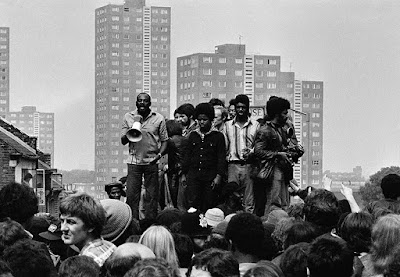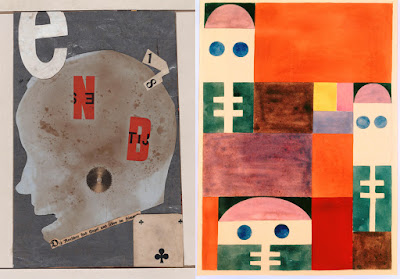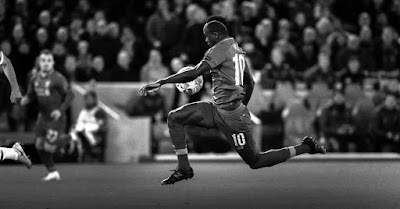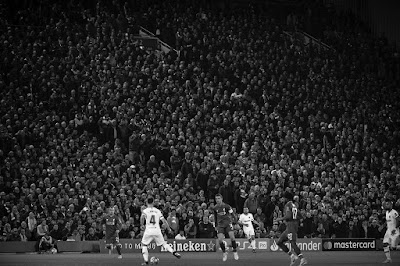
“
Francis Jean Gaston Alfred Ponge (
French: [pɔ̃ʒ]; 27 March 1899 – 6 August 1988) was a French essayist and poet. Influenced by
surrealism, he developed a form of prose poem, minutely examining everyday objects. … In his later years Ponge was a recluse, living at his country house. He died in
Le Bar-sur-Loup at the age of 89. … In his work,
Le parti pris des choses (often translated
The Voice of Things), he meticulously described common things such as oranges, potatoes and cigarettes in a poetic voice, but with a personal style and paragraph form (
prose poem) much like an essay. Ponge avoided appeals to emotion and symbolism, and instead sought to minutely recreate the world of experience of everyday objects. He described his own works as ‘a description-definition-literary artwork’ which avoided both the drabness of a dictionary and the inadequacy of poetry. His principal aim was to avoid stereotypical thinking. …”
Wikipedia
Poetry Foundation

"
Le parti pris des choses is a collection of 32 short to medium-length
prose poems by French poet and
essayist Francis Ponge first published in 1942 (see
1942 in poetry). The title is often translated into English as
The Voice of Things,
The Way Things Are, or
The Nature of Things (perhaps to echo
Lucretius, though the book's philosophical underpinnings are more often associated with
phenomenology). ... As a writer, he joined the
Surrealist movement for a short time during the 1930s; this also had political ramifications, influencing him to join the
Communist Party. However, his most notable works were to come later in his life. He fought in both World Wars, and it was after his stint in the army in World War II that he decided to leave the Communist Party. It was at this time, in 1942, that he joined the
French Resistance and also published what is considered his most famous work,
Le parti pris des choses. This text was in fact written over the span of 15 years, from 1924 to 1939. After his publication of
Le parti pris des choses, Ponge was not unnoticed in the literary world. He was praised heavily by literary heavyweights
Albert Camus and
Jean-Paul Sartre in the early 1960s. ..."
W - Le parti pris des choses

"How do you set out translate knowing that so much will be lost in translation? And must not this 'Sofia Coppola dilemma' grow exponentially when the subject is poetry. Recently, Jonathan Larson soldiered through this task of sorting through what he calls 'dissensions and alliances in the tribe of words' in Francis Ponge’s volume of poetry entitled,
Nioque of the Early-Spring. Stumbled upon by coincidence/fate, Larson found himself traveling with the book of French poetry literally close to his heart, and has now translated its musical structure into English. Originally written in the 1950s but with relevance to the French Radicals of ‘68 (and perhaps ‘18), Ponge created poetry in a style that (to my mind) recalls William Carlos Williams’s imagist evocations of the things of everyday life. ..."
Jonathan Larson On His Translation Of The Poetry Of Francis Ponge
Two Poems by Francis Ponge
LitHub
Jacket2: Francis Ponge translated by John Ashbery
The Paris Review: Soap By Dan Piepenbring,
the complete review - Soap
Jacket2: Three pebbles
Google - Dreaming the Miracle: Three French Prose Poets
SCRIBD: Francis Ponge - The Voice of Things
Ponge: Taking the Side of Things
Joshua Corey on "Trying to Translate Ponge"
amazon: Francis Ponge
amazon: Dreaming the Miracle: Three French Prose Poets: Max Jacob, Jean Follain, Francis Ponge


















































